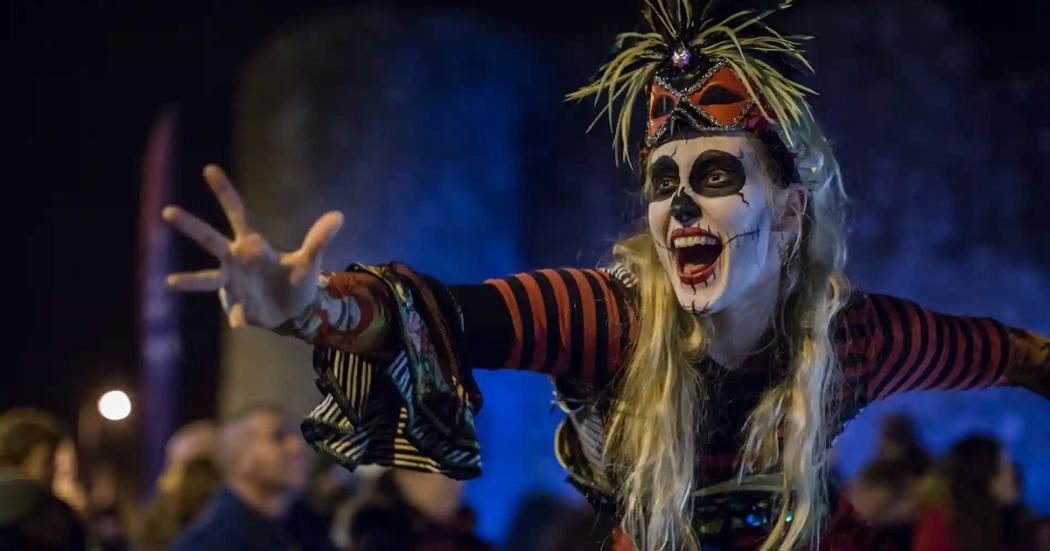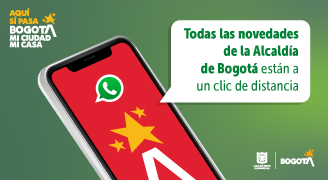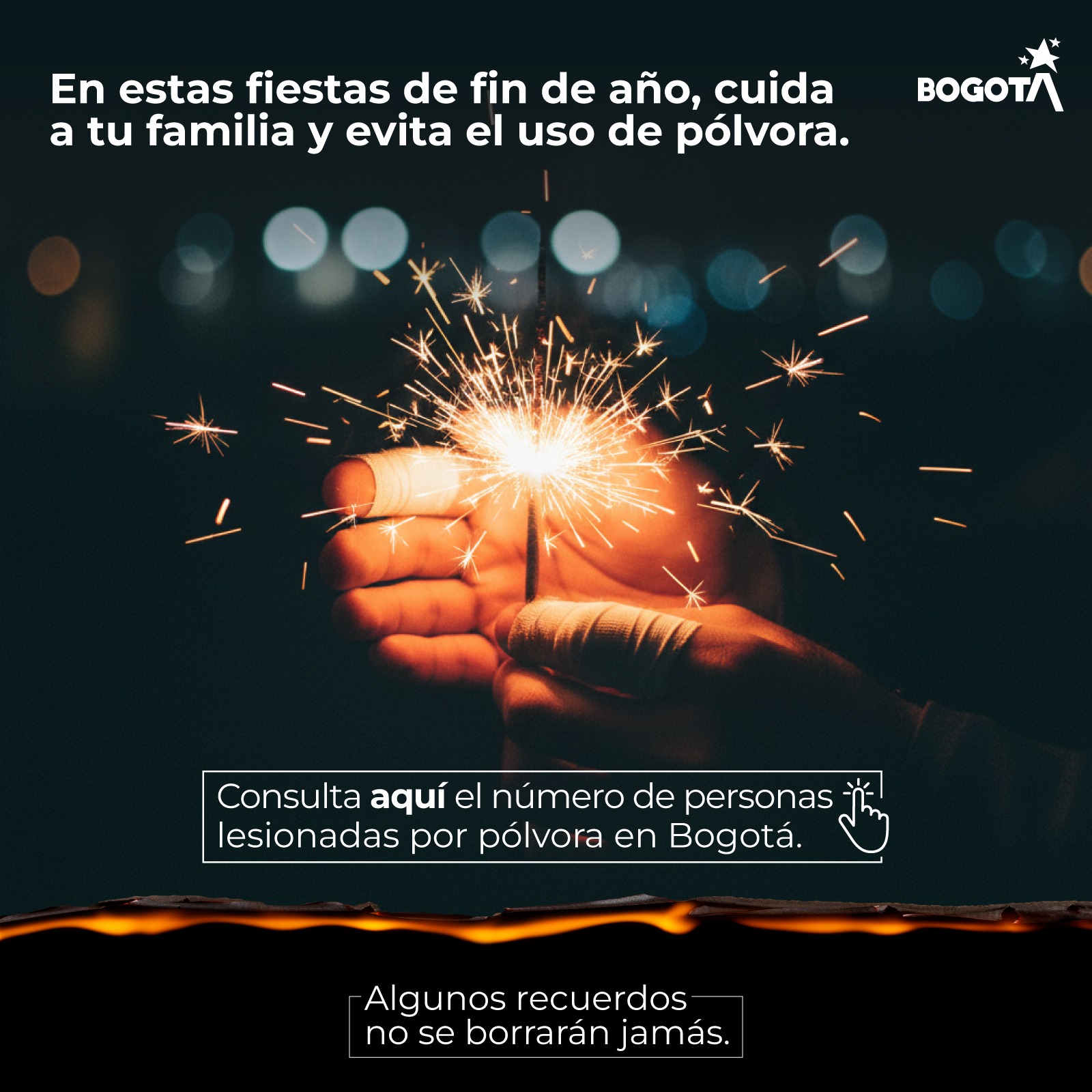Nowadays, Halloween is celebrated worldwide and even in Bogotá, customs such as dressing up in costumes and trick-or-treating are already normalized, but where do these traditions come from?
To understand in detail the origins of Halloween, Portal Bogotá contacted officials from the Embassy of Ireland to learn all about this ancient celebration.
Before Halloween, there was Samhain
Known in English as All Hallows Eve and abbreviated as 'Hallowe'en', this occasion has its origin in the Celtic festival of Samhain that was celebrated every October 31, as this date marked the end of summer and the beginning of winter, considered 'Harvest time'.
It is worth remembering that the Celts arrived in Ireland in 500 BC and much of Ireland's modern culture can be traced back to them, including the Irish language, in which Samhain is the designated word for autumn.
Below is an audio of the Irish Ambassador to Colombia, Fiona Nic Dhonnacha, explaining the Celtic origins of the Halloween celebration:
It was around the 7th century that the Catholic Church appropriated the festival of Samhain and changed it to the celebration of All Saints' Day on November 1st at the same time of the year.
According to Noel Browne, security attaché at the Irish embassy, this tradition has been maintained for several centuries and today many of the customs that their Celtic ancestors performed at the time are still in place.
Why ghosts and costumes?
People believed that the night of Samhain was a liminal point in time, that is, that moving between the World and the afterlife was possible, and that the spirit world was closer, and that spirits, both good and evil, would visit the mortal world, hence spirituality was represented in various forms.
Here is an image of the traditional costumes inspired by the original Samhain celebrations performed by the Celts in Ireland:
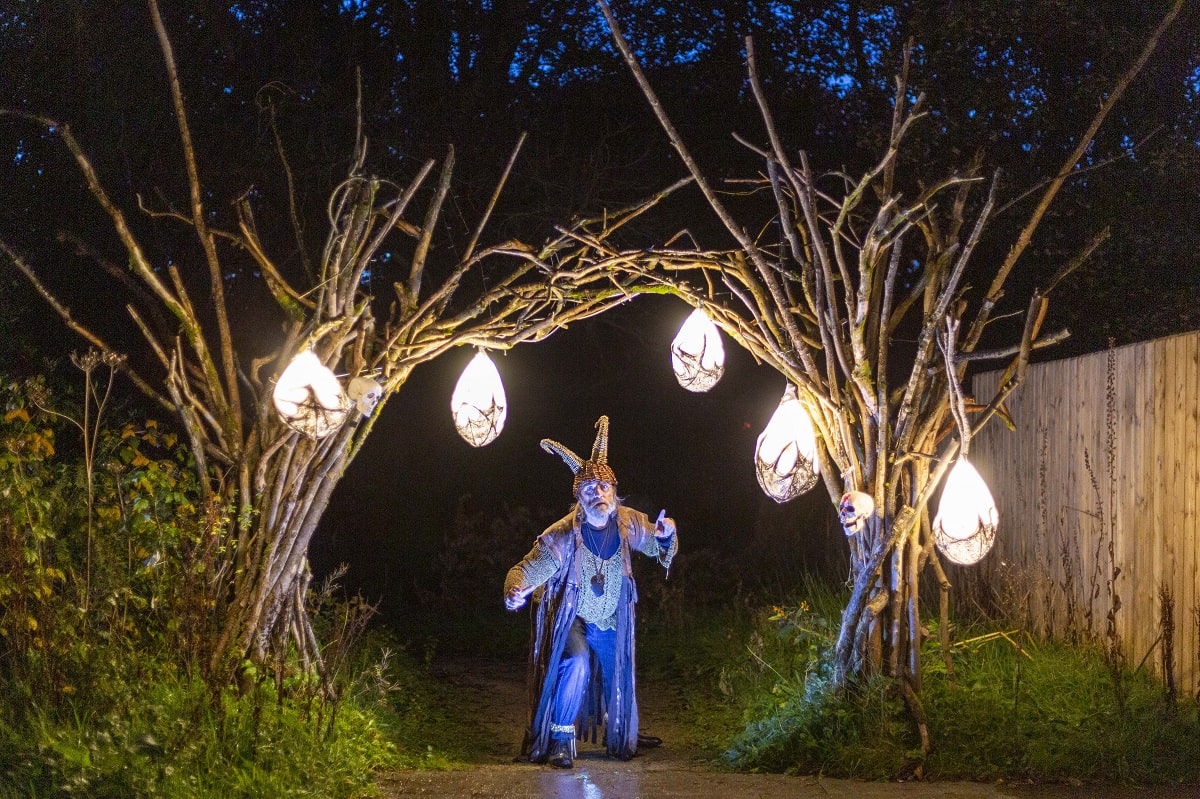
The Celts wore masks (which were the original Halloween costumes) to disguise themselves and large communal bonfires were lit to ward off evil spirits and also to welcome the souls of friends and family back to Earth. These types of activities ended up becoming the way Halloween is celebrated today on this side of the world as well.
Here is a video from the official account of the Irish Embassy in Colombia summarizing the elements that make up Samhain:
Ver esta publicación en Instagram
Una publicación compartida de Embajada de Irlanda (@irelandcolombia)
The millenary celebration that is still preserved
Although Halloween has undergone several transformations to become the celebration we know today, many of the mythical roots that gave birth to these dates are still present in Ireland. An example of this is the Púca festival, which is celebrated annually following the belief that on these dates the mythical Púca appears, a mysterious creature of Irish folklore who can change the luck of anyone who meets him.
The Púca Festival is celebrated in some of the most famous places on the island of Ireland such as Ward's Hill (Tlachtga) in Athboy, County Meath. There, the celebrations consist of live performances, storytelling, music, and food to remember these millenary traditions of the Celtic culture.
Below is a photo of the activities that can be seen at the Púca festival in Ireland:
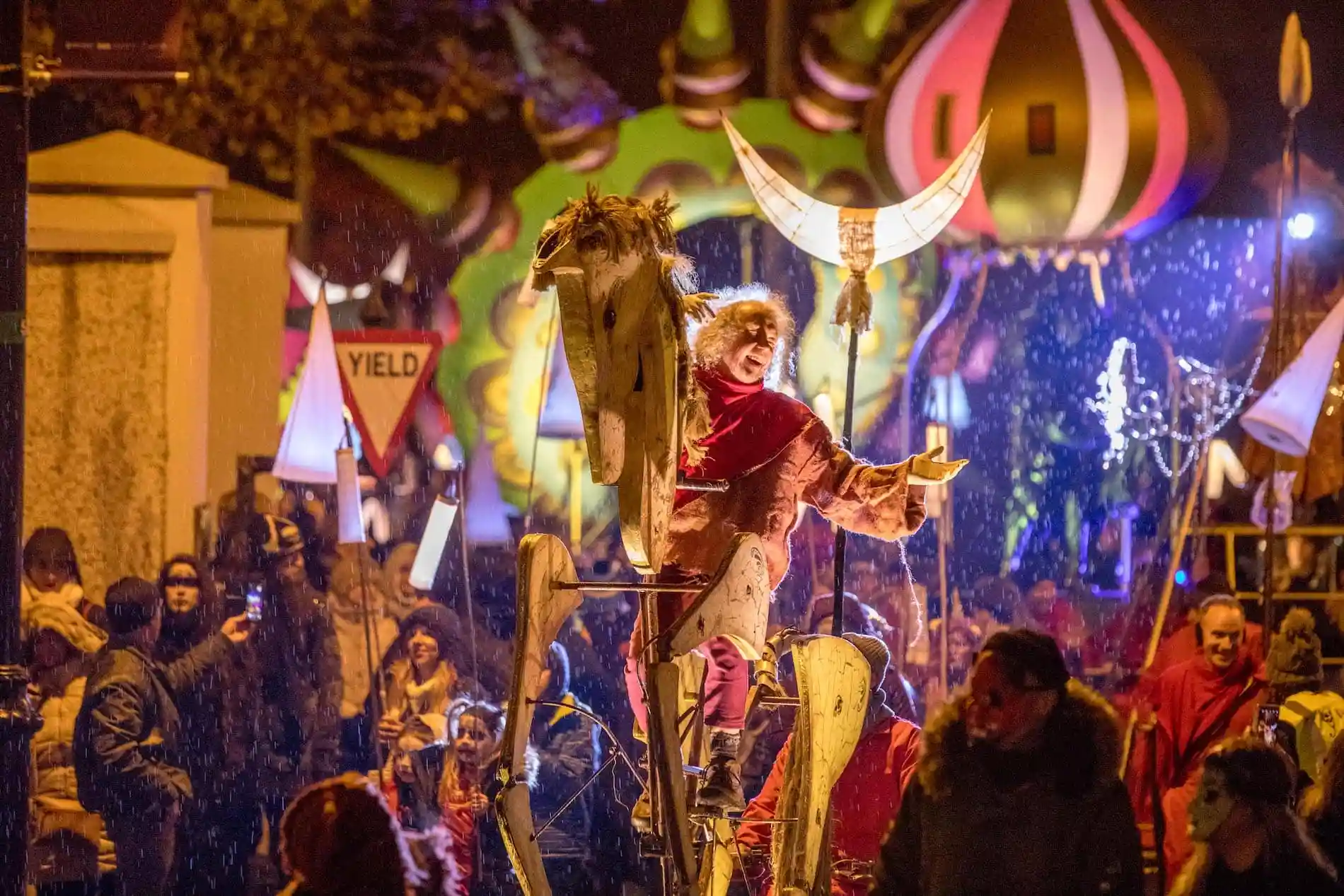
Shared traditions between Bogotá and Ireland
Browne also recalls that a well-known custom in his childhood was to receive candy, food, and even money with the costumes on, a tradition that crossed borders and that today can also be seen in the streets of Bogotá with children who go out trick-or-treating with their families.
This custom also dates back to the time of Sahmain, when the harvest was gathered and foods such as apples, nuts, and even turnips were commonly distributed at that time of the year. This is the origin of one of Ireland's typical dishes, barmbrack - in Irish it is called báirín breac - which means 'speckled bread'.
Below is a video from the official account of the Irish Embassy in Bogotá explaining how to prepare barmbrack:
Ver esta publicación en Instagram
Una publicación compartida de Embajada de Irlanda (@irelandcolombia)
Today several elements of the traditional Samhain festival are preserved in the way Halloween is celebrated in Bogotá, even with a very similar climate as the manager Browne states, but the most interesting thing is how in both parts of the world it remains a time of joy in which friends and families come together to celebrate and spend a joyful night.
Here is a video of Fiona Nic Dhonnacha, Ireland's ambassador to Colombia, wishing everyone a happy Halloween and inviting citizens to learn more about the historic European country:
